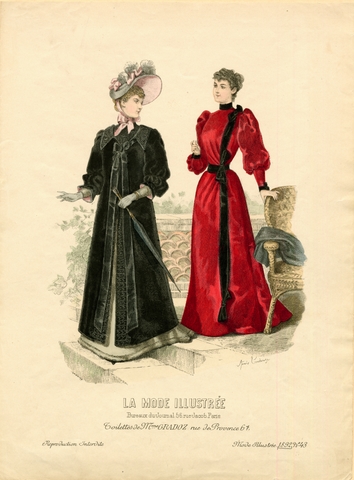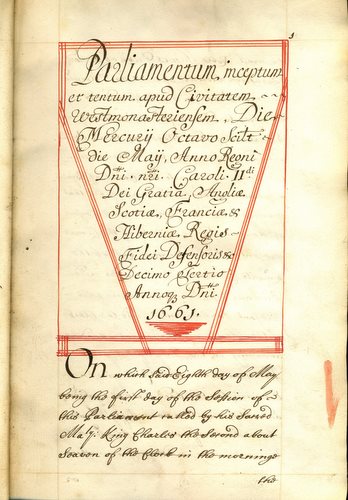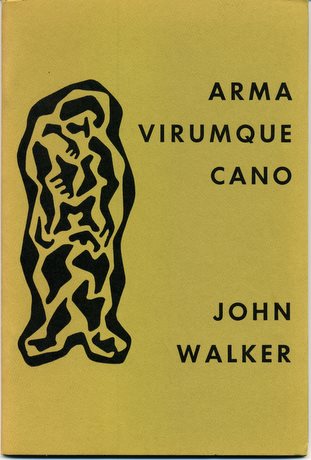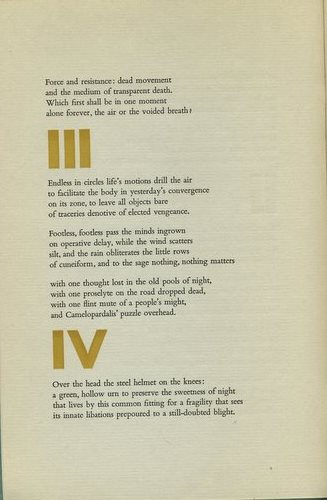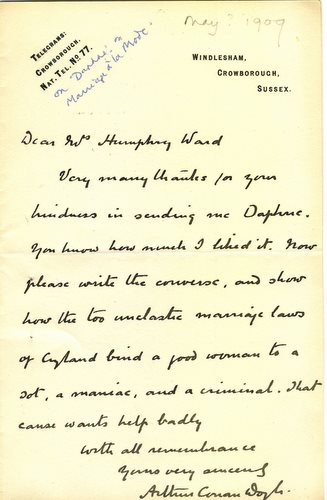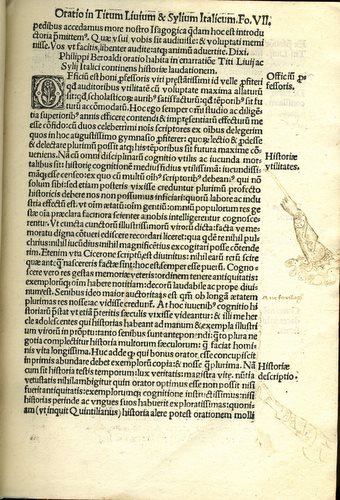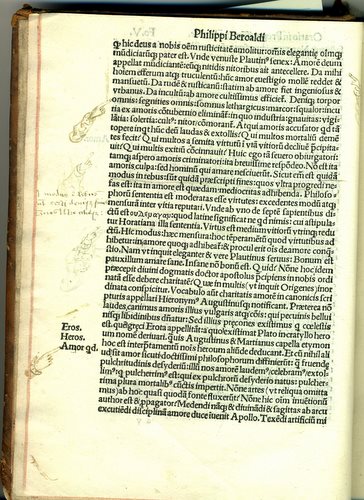Newly digitized from the Bodman Collection, Special Collections, Honnold/Mudd Library are eleven autograph, signed letters written between members of the Medici family of Florence and others in their social and political circles, including Angelo Poliziano, the Sforza family, Palla Strozzi, and Francesco Guicciardini. Written between 1426 and 1522, these letters touch on a number of issues urgent to the House of Medici including military campaigns, political associations, and the trials of family life.
1478, 20 September:
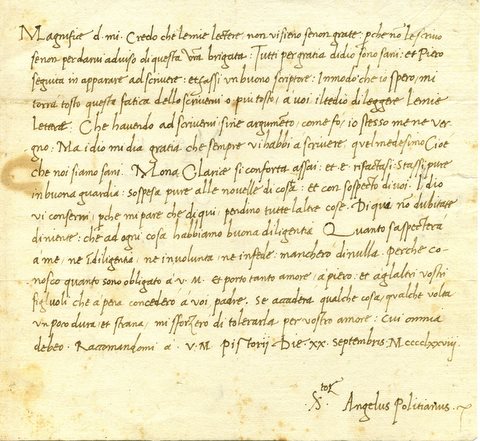
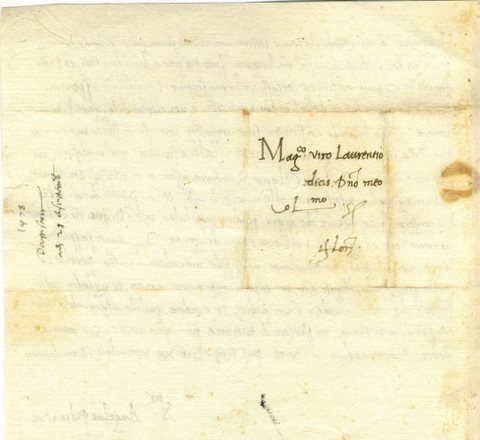
In 1483, Lorenzo de’ Medici gave his Villa Diana to the poet and then tutor of the Medici children, Angelo Poliziano. In the twentieth century, Harold C. Bodman (1886-1960) and his wife Ysabel acquired the Villa Diana, making it their home of some years. Poliziano’s villa sparked Bodman’s interest in collecting the works of Poliziano and those works produced at the time by the Medici’s “think tank” of humanist scholars, philosophers, artists, and writers. Mr. Bodman’s studies in this area led him to assemble his splendid collection, which he gave to Honnold Library from 1956 to 1960.
